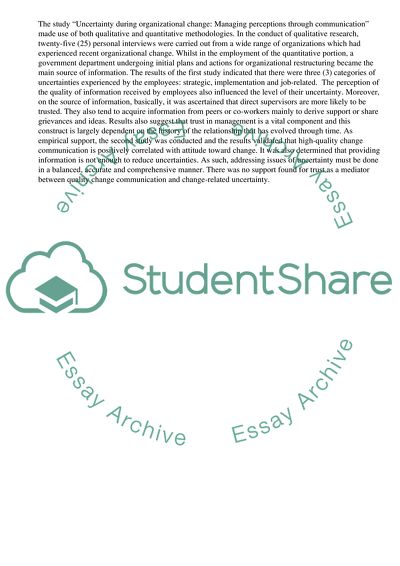Cite this document
(Propositions in the Area of Organizational Change Annotated Bibliography, n.d.)
Propositions in the Area of Organizational Change Annotated Bibliography. Retrieved from https://studentshare.org/management/1721515-annotation-bibliography
Propositions in the Area of Organizational Change Annotated Bibliography. Retrieved from https://studentshare.org/management/1721515-annotation-bibliography
(Propositions in the Area of Organizational Change Annotated Bibliography)
Propositions in the Area of Organizational Change Annotated Bibliography. https://studentshare.org/management/1721515-annotation-bibliography.
Propositions in the Area of Organizational Change Annotated Bibliography. https://studentshare.org/management/1721515-annotation-bibliography.
“Propositions in the Area of Organizational Change Annotated Bibliography”, n.d. https://studentshare.org/management/1721515-annotation-bibliography.


